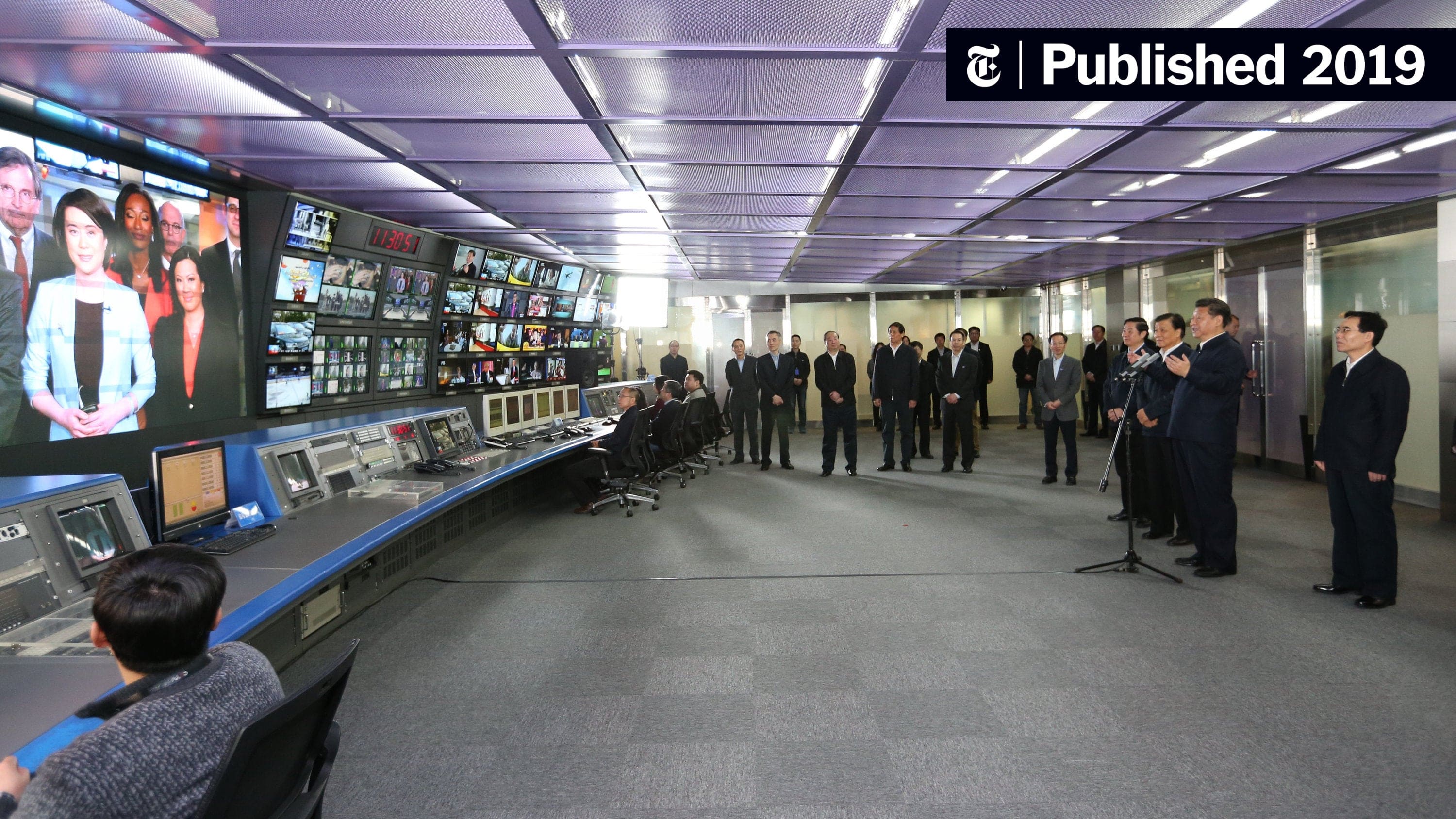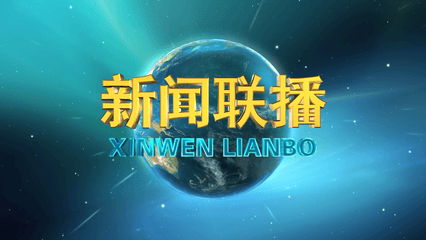China Central Television (CCTV) is a leading state-run broadcaster in China. Established in 1958, it has grown significantly over decades. The network operates under the Chinese Communist Party’s guidance, shaping its programming and priorities. CCTV boasts a network of 50 channels, offering diverse content. Its programs cover news, entertainment, sports, education, and cultural heritage.
Reaching over a billion viewers, CCTV plays a central role in shaping public opinion. The broadcaster connects with urban and rural audiences, ensuring wide accessibility. Additionally, CCTV functions as a key propaganda tool, promoting government policies and initiatives. Its influence extends to international audiences through channels like CGTN (China Global Television Network).
CCTV’s programs include popular shows like News Broadcast and Spring Festival Gala. These programs attract massive viewership every year. For example, the Spring Festival Gala is one of the most-watched annual TV events worldwide. Moreover, CCTV integrates modern technology to enhance its reach. Its digital platforms offer live streaming, news updates, and on-demand content.
To strengthen its impact, CCTV collaborates with other media outlets and industries. It also participates in global media events, increasing its visibility abroad. With its extensive network, CCTV remains a dominant force in China’s media landscape. For further details, visit CCTV’s official site.
Want to learn more about China’s media development? Check out this comprehensive guide on Chinese media trends.
CCTV’s Role in Propaganda

CCTV plays a central role in spreading the Chinese Communist Party’s ideology. It directly supports the government’s narrative and policy promotion. Since 2018, CCTV has operated under the CCP’s Central Propaganda Department. This structure ensures strict alignment with the Party’s goals and strategies.1
CCTV’s main tasks include publicizing the Party’s theory and policies. It also works to strengthen public opinion supervision, shaping societal perspectives. The network presents a consistently positive image of China, emphasizing achievements and progress. Meanwhile, it avoids discussing sensitive topics or negative issues in its reports.2
Internationally, CCTV expands its influence through China Global Television Network (CGTN). CGTN aims to enhance China’s global soft power and counter Western narratives. The channel highlights China’s successes, such as advancements in technology and infrastructure. It also promotes major initiatives like the Belt and Road Initiative to global audiences.
However, CGTN faces challenges in gaining international trust. Many viewers see it as a state-controlled outlet, limiting its credibility. Despite significant investments, CGTN struggles to compete with established global media brands. Critics argue its coverage is overly focused on defending China’s policies rather than offering balanced reporting.3
CCTV also uses modern platforms to reach more viewers. Its digital services include streaming apps, online news portals, and social media channels. These efforts aim to attract younger audiences and expand its global presence.
Evolution from Beijing Television

China Central Television (CCTV) has a rich history dating back to its origins as Beijing Television. The station began broadcasting on May 1, 1958 12, with humble beginnings. At that time, there were only 50 television sets in China, mostly owned by government officials. Broadcasts were limited to the Beijing area and featured black-and-white programming.
Early content focused heavily on political themes, offering news, documentaries, and educational materials. These programs reflected the government’s priorities and ideology. However, Beijing Television’s role began to evolve over time.3
A major turning point came on May 1, 1978, when Beijing Television was officially renamed China Central Television. This shift marked the beginning of CCTV’s transformation into a national broadcaster. The change coincided with China’s economic reforms, which opened new opportunities for modernization and growth.45
Under Yang Weiguang’s leadership in 1985, CCTV introduced significant reforms. One major innovation was airing commercials during prime-time news programs. This strategy helped the network diversify its revenue sources as state funding decreased. Advertising soon became a vital part of CCTV’s operations, enabling further expansion.
As China’s economy grew, CCTV expanded its reach and influence. It transitioned from a small state-funded broadcaster to a commercial giant with global ambitions. Today, CCTV operates over 50 channels, providing diverse content to millions of viewers.
Xinwen Lianbo’s Nationwide Influence

Xinwen Lianbo, CCTV’s flagship nightly news program, has been a dominant force in China’s media since its debut in 1978. It airs daily at 7:00 PM and is simulcast on most terrestrial channels nationwide, ensuring massive reach. With over 100 million viewers tuning in each day 12, it remains one of the most-watched TV news programs in China.
The program plays a crucial role in shaping public opinion 32 and promoting state propaganda. It follows a strict format, covering leaders’ activities, domestic achievements, and international news in a specific order. This structure emphasizes government priorities and policies, reinforcing a consistent narrative.
Over the years, Xinwen Lianbo anchors have become household names. Changes in its anchor lineup often attract widespread public attention. Despite its influence, the program has faced criticism for its rigid format and outdated style. Younger viewers increasingly turn to digital platforms for more dynamic and diverse news content. 4
Calls for reform have gained momentum in recent years. Critics suggest reducing the focus on political events and featuring more relevant, engaging stories. However, the program remains a financial powerhouse for CCTV. Advertising slots immediately after the broadcast command some of the highest prices in Chinese media, reflecting its enduring importance5.


